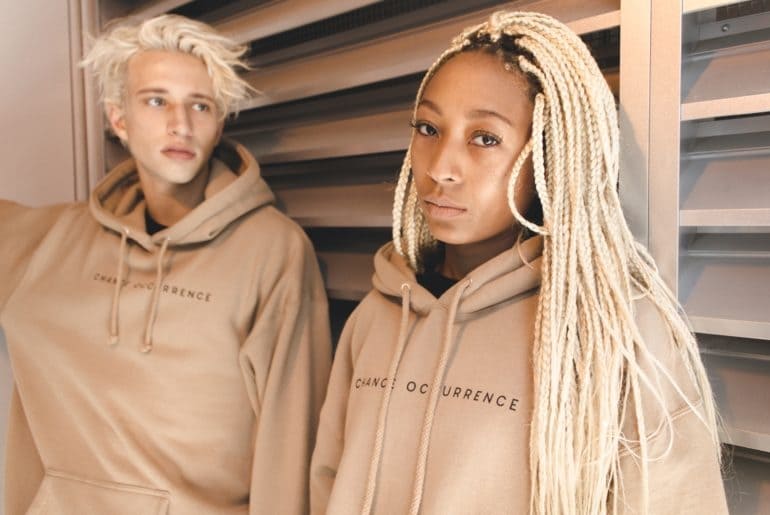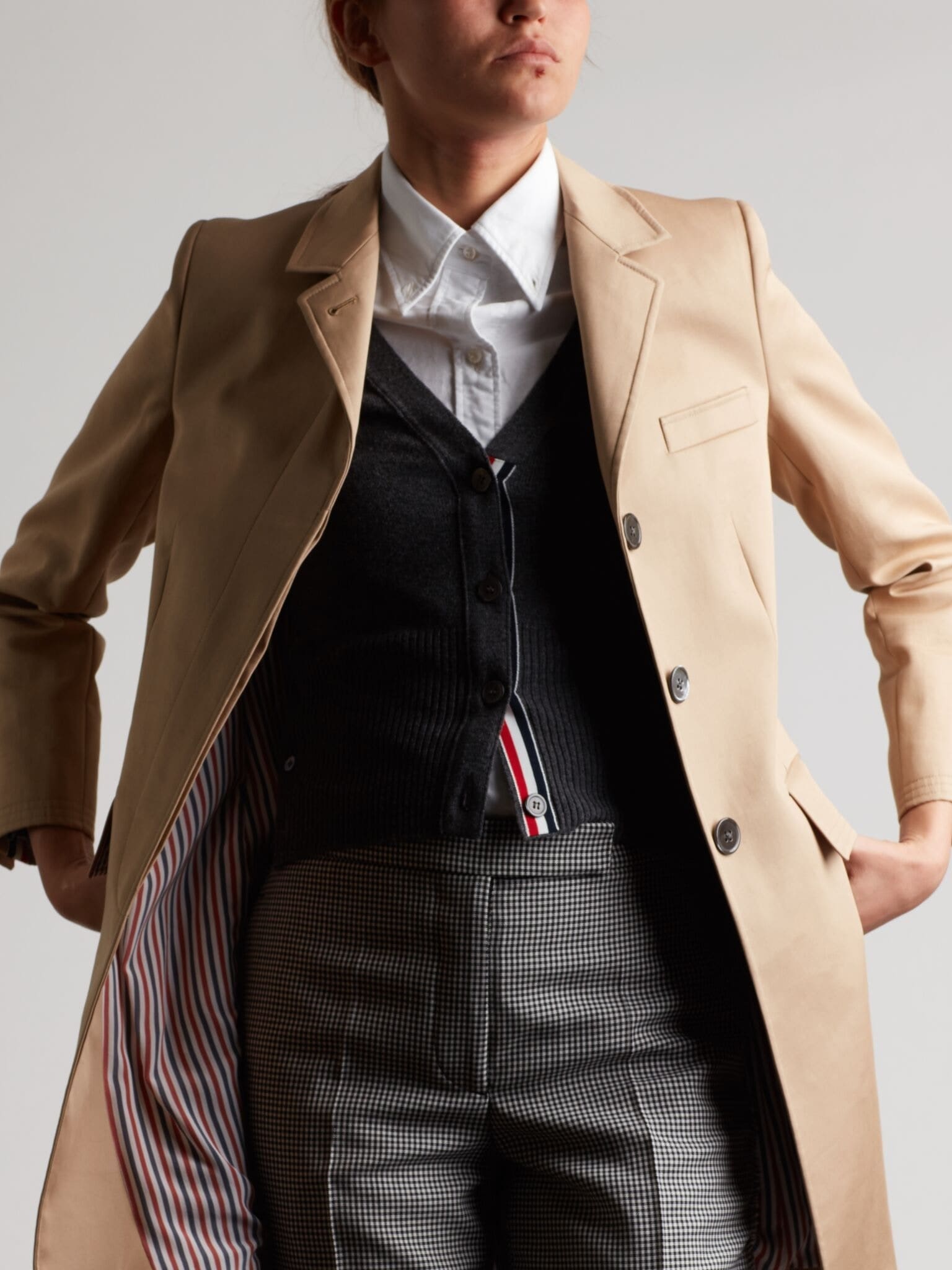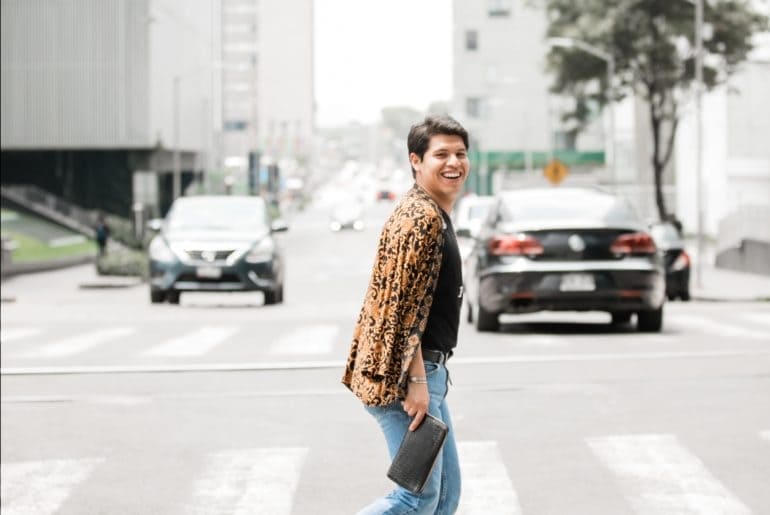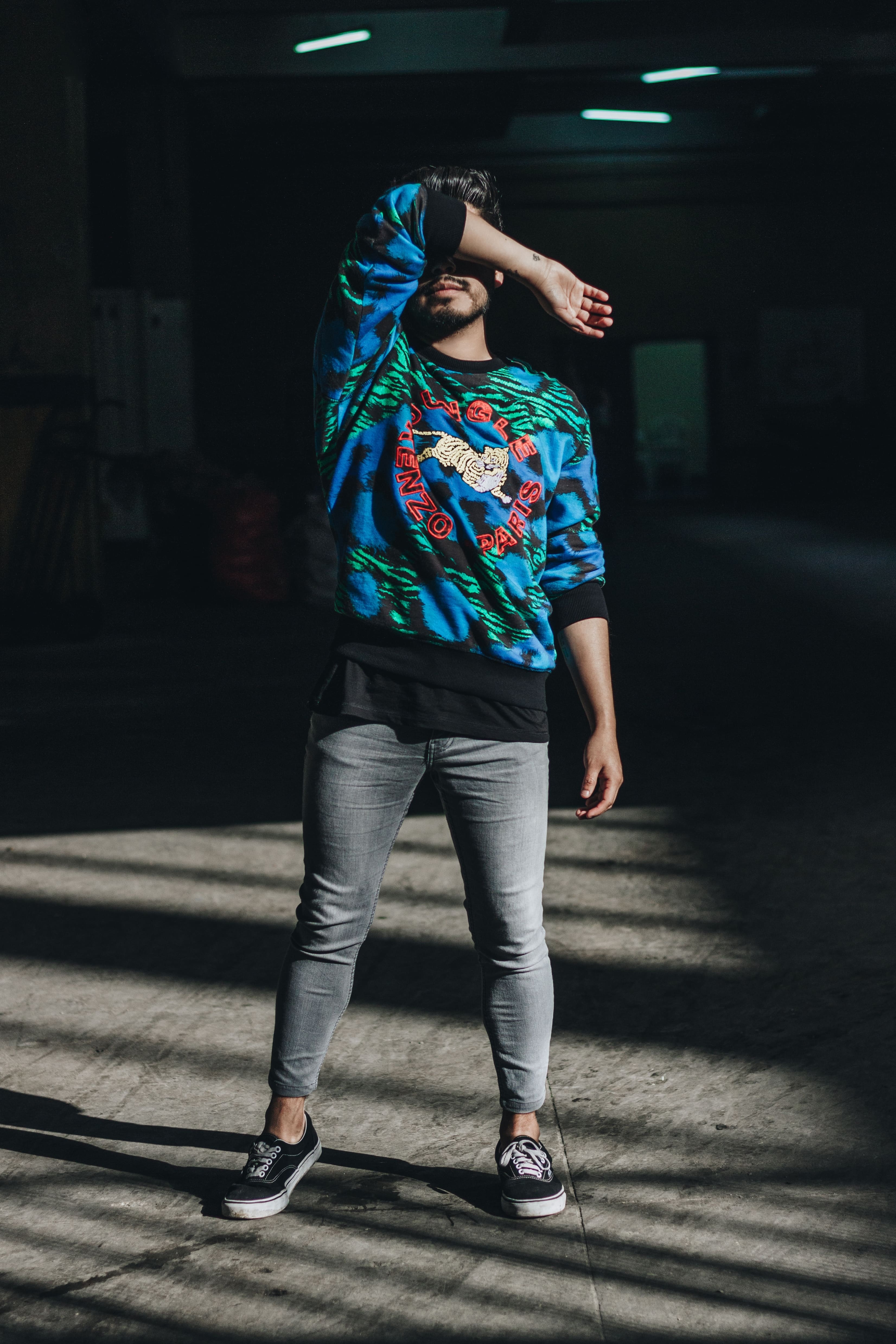
It was a trend that grew teeth in 2017 and shows absolutely no signs of slowing down. Gender neutral or genderless clothes has hit the industry and just like the ugly sneaker, was endorsed by the who’s who of the fashion royalty.
This year’s Seoul Fashion week, took the concept to even more interesting heights with their layered-up pinstriped blazers, trench coats and checked menswear tailoring that was worn by both men and women.
The Generation Z’ers have spoken and their voices looked to be jackets with D-ring webbing belts, bandoliers of tiny bags, heavy boots with their trousers and striking hair colours, including orange, platinum blonde or straight jet black.
Let’s look at what highlighting this trend.

In 2017, gender no longer dictated the way people dressed and it was most noticeable that just as trousers were no longer just for men, skirts were no longer just for women. Fashion designers grew bolder in combining men’s and women’s collections on the runway with many launching gender neutral collections.
These androgynous collections usually featured a mixture of loose fitting suits, slogan T-shirts and tailored jackets that are neither overtly feminine nor masculine.

Wildfang, a street inspired label that launched their own collection, looked at gender as a ‘fairly restrictive concept’ and created more freeing concepts.
“Historically, it has dictated what jobs people can do, how someone can act, how someone can dress and that limits someone’s ability to truly self-express and reach their full potential. Gender-neutral clothing doesn’t force someone into a box. It allows them to self-express exactly how they chose to,” said Wildfang CEO, Emma McIlroy.

Eventhough gender fluidity in fashion may not be as mainstream as it could be, it is slowly and steadily becoming more and more popular with the fashionistas, as the new normal and a lifestyle choice.
The pull for genderless clothes is not about having an agenda for LGBT movement; rather it is about free expression for all.
In this day and age, these clothes are not defined by gender, or have a predetermined demographic, rather the aim is for them to just be worn by people.
The novelty of it all has opened doors for many a designer to unleash their creativity, while allowing the consumer to be free in liking and wearing clothes without the worry of whether it is for a man or a woman. It is just clothes.

Tanmay Saxena, founder of London-based unisex label LaneFortyfive believes “it’s already very hard to break the metaphorical walls and create equality in the times we live in. I feel unisex clothing is a small but effective way to roll out a line of conversation towards a broader dialogue about equality”.
Stephen Doig, men’s style editor at The Telegraph agrees: “It’s a natural progression in a world where, thankfully, there’s more acceptance of gender fluidity”.
It can be said that with unisex clothes becoming even more mainstream, the easing of gender roles and constructs may follow the trend and become more fluid as well.

